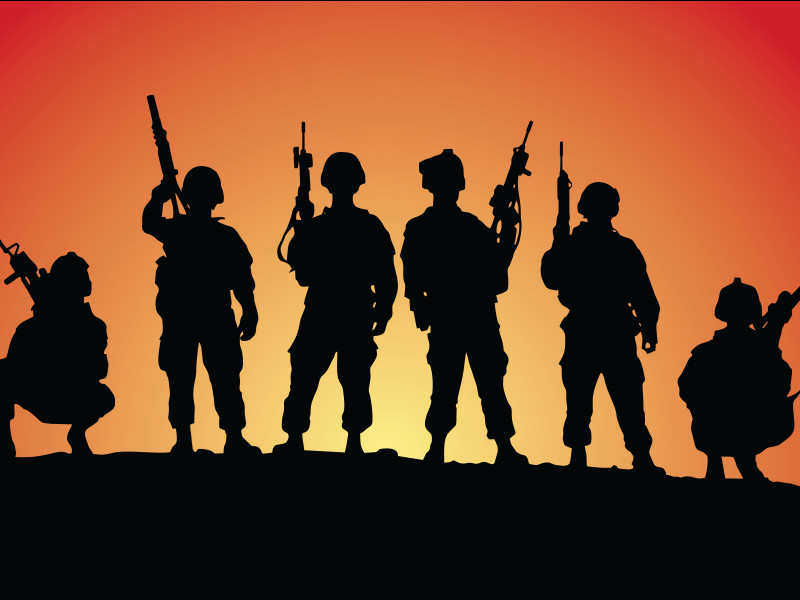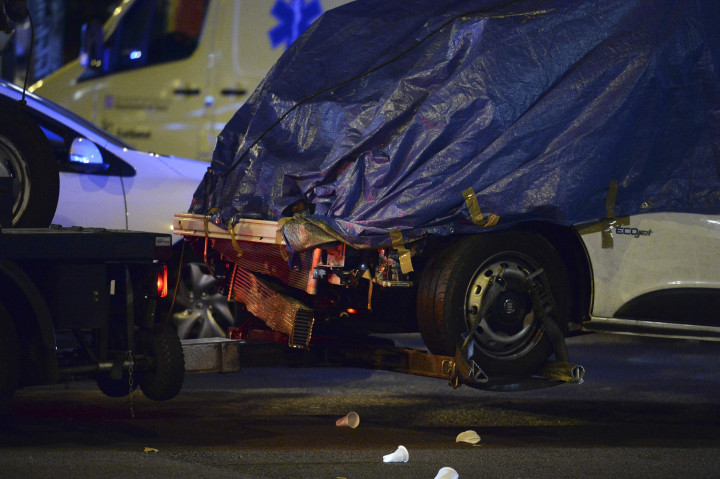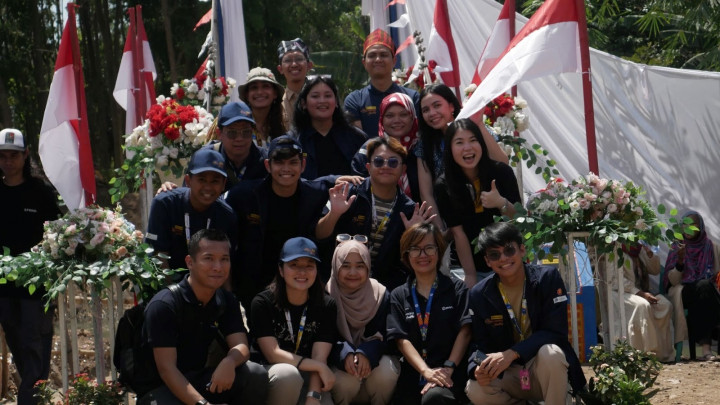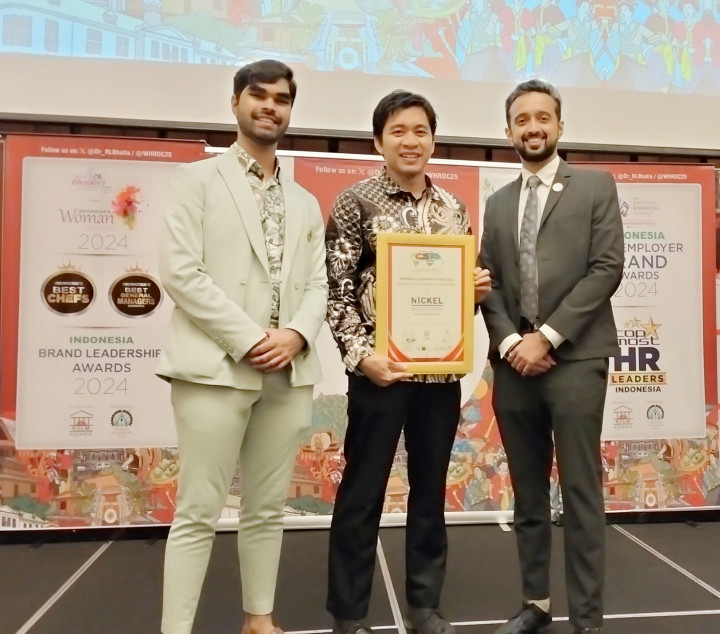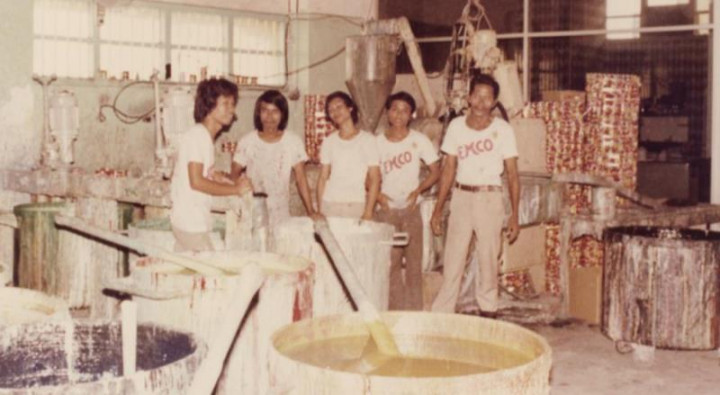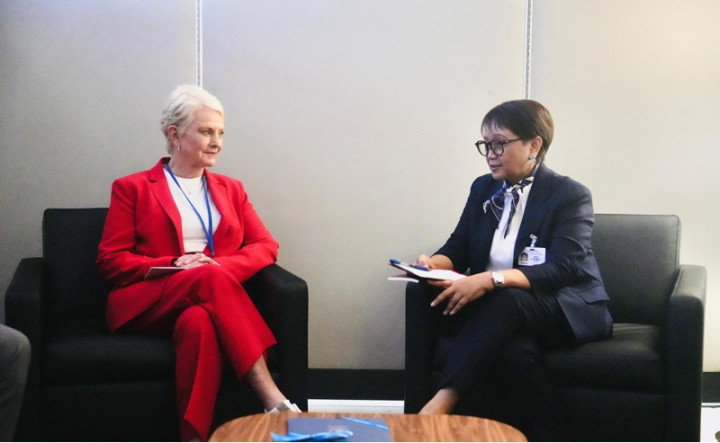Berlin: Russian authorities should stop broadcasting programs featuring images of and interviews with captured Ukrainian soldiers that expose them to public curiosity, Human Rights Watch said today.
According to Human Rights Watch, such treatment of prisoners of war, or POWs, violates protections under the Geneva Conventions intended to ensure dignified treatment of captured combatants on all sides.
"Russian authorities should stop filming Ukrainian POWs and broadcasting their images, even if they are in situations of relative comfort," said Aisling Reidy, senior legal adviser at Human Rights Watch, in a media release on Thursday.
"The obligation under the Geneva Conventions is to protect POWs from being objects of public curiosity, as well as from intimidation or humiliation," he said.
On April 2 and 4, 2022, several Russian television stations broadcast reports showing, and in many cases identifying, Ukrainian POWs in Russian custody in Sevastopol, including footage of Tatyana Moskalkova, high commissioner for human rights in the Russian Federation, alongside and interacting with the POWs.
These reports appeared on the website of Channel One, the main Russian government television station in multiple places as well as the television programming of NTS, a television station in Russia-occupied Crimea.
They were also shared on Facebook and Youtube. The purpose of the broadcasts appears to be to demonstrate that Russian authorities are treating POWs well.
Similarly, several videos posted in April to Zvezda, the news website of the Armed Services of the Russian Federation, show Ukrainian POWs variously praising their medical treatment, describing circumstances leading to their capture, and discussing their views about their military service.
At least two of these videos appear to have been filmed in areas of Donetsk and Luhansk regions occupied by Russia.
A March 26 report by the United Nations Human Rights Monitoring Mission in Ukraine noted the existence of “a large number of videos” showing Ukrainian POWs being insulted and intimidated upon their capture.
The mission also said that it had several videos showing “interrogations of POWs immediately after their capture,” carried out either by Russian armed forces or by members of armed groups affiliated with self-proclaimed “republics.”
Some of the POWs appeared to have bruises, the UN mission said.
The International Committee of the Red Cross (ICRC) has made clear that any material that allows viewers or readers to identify individual prisoners should not be transmitted, published, or broadcast.
There are exemptions to the prohibition, but they are allowed only if there is a compelling public interest or if exposing the materials is in the prisoner’s vital interest, and then only insofar as that respects the person’s dignity.
"It is vital for all warring parties to respect their obligations for humane treatment of POWs, which includes the prohibition on subjecting them to public curiosity, and to allow the ICRC access to POWs to facilitate information exchange and communication," Reidy said.
"In particular, the warring parties should prevent and punish war crimes concerning prisoners of war, such as willfully mistreating or injuring them," Reidy concluded.
Cek Berita dan Artikel yang lain di Google News
FOLLOW US
Ikuti media sosial medcom.id dan dapatkan berbagai keuntungan
